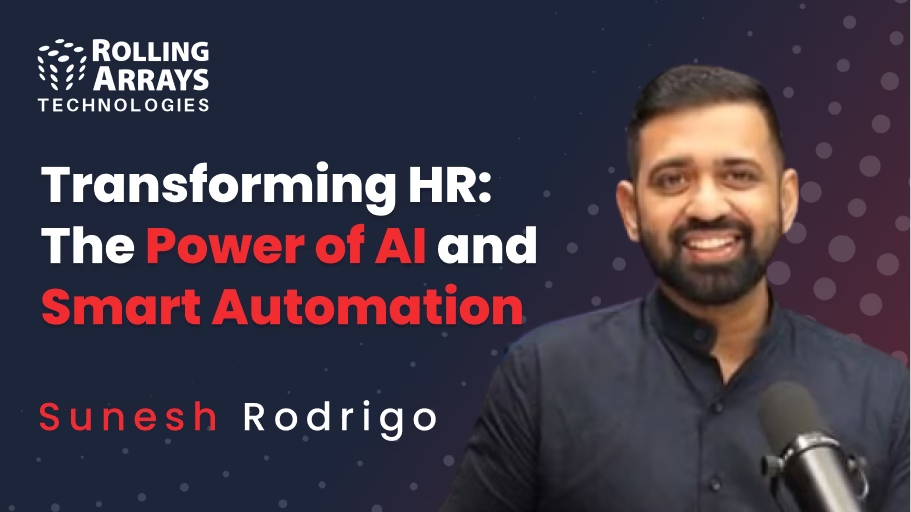The Underinvestment in HR: A Challenge and an Opportunity
Most organizations agree that employees are their most valuable asset. Logically, this would mean the greatest investments should be directed toward the human resources (HR) function, which enables and supports the people. However, the uncomfortable truth is that HR is often the most underinvested function in enterprise technology.
While leaders praise HR at corporate events and town halls, behind closed doors, the department often gets a bad reputation. Common complaints include slow responses, manual processes, and outdated systems. HR is frequently perceived as an organizational “police,” a blocker to progress, or a function that simply hasn’t evolved with the times.
What’s rarely acknowledged, though, is that these teams are working with not just outdated but also extremely fragmented tech stacks. Many organizations have an HRIS (Human Resources Information System), but these systems often only support the basics, such as payroll and employee data management. The truly strategic elements—those that could transform employee experience and operational efficiency—often remain untouched.
The result of this neglect is evident in various areas:
- Poor onboarding experiences for new hires.
- Disengaged employees who feel unsupported.
- Performance management cycles that no one truly believes in.
- Attrition that catches leadership by surprise.
In short, HR hasn’t lacked ambition; it has lacked the tools and investment to deliver at the level the business expects.
The Rise of AI in HR
Fortunately, it’s not all doom and gloom. The rise of AI and automation has opened a new window of opportunity for HR. This technology gives the function a chance to leapfrog other departments by adopting smart, focused solutions.
AI can help HR move beyond transactional systems toward intelligent, experience-led solutions. These new tools can bring speed, personalization, and insight into every stage of the employee journey, from recruitment and onboarding to performance management and retention.
AI-powered solutions can automate mundane, repetitive tasks, freeing up HR professionals to focus on strategic initiatives like talent development and employee engagement. They can also provide data-driven insights to help leadership make better decisions about their workforce. For example, AI can analyze employee sentiment and predict flight risk, allowing organizations to proactively address issues before they lead to attrition.
The adoption of AI in the workplace isn’t just an HR initiative; it’s a company-wide effort. Every employee, not just those in HR, can play a role in driving the adoption of these meaningful technologies. As organizations begin to invest in these solutions, they will finally be able to back up their claim that their people truly are their most valuable asset.
About Rolling Arrays Technologies
Rolling Arrays Technologies (RATPL) is a leading HR tech solution company specializing in SAP SuccessFactors solutions. Established in Singapore, RA Tech focuses on delivering innovative, AI-powered add-ons that enhance and extend the capabilities of SAP SuccessFactors, optimizing HR processes for businesses of all sizes, globally.
